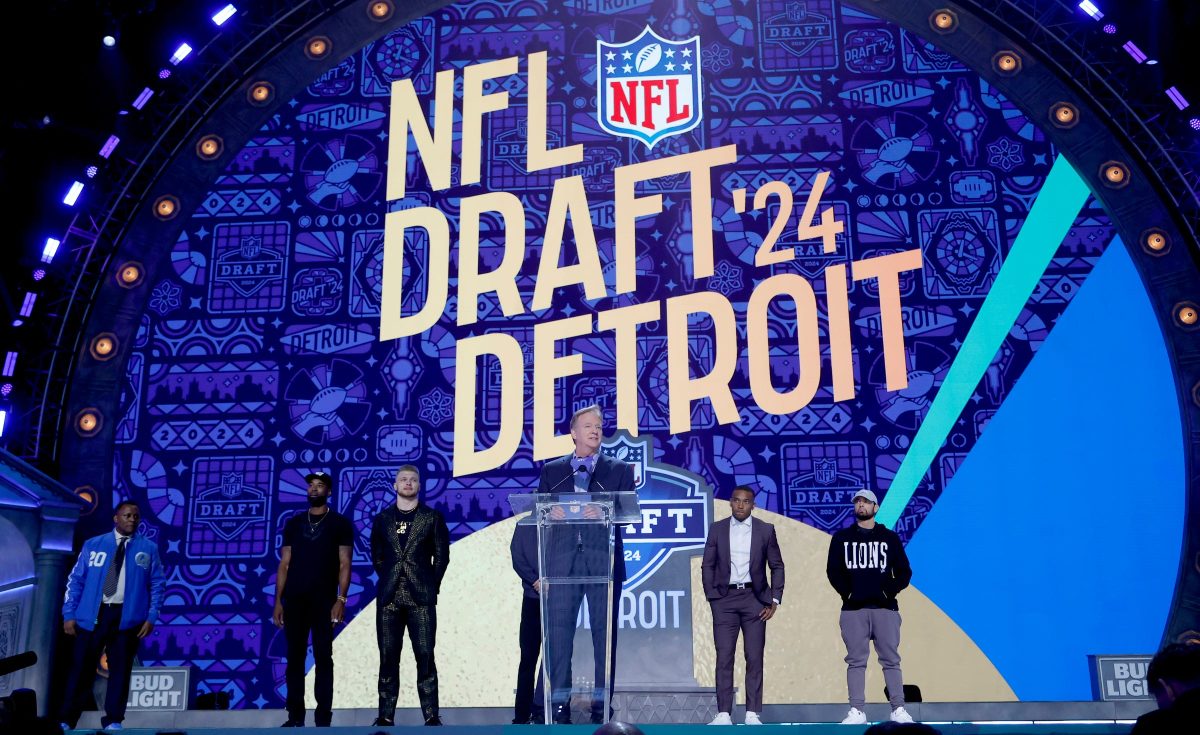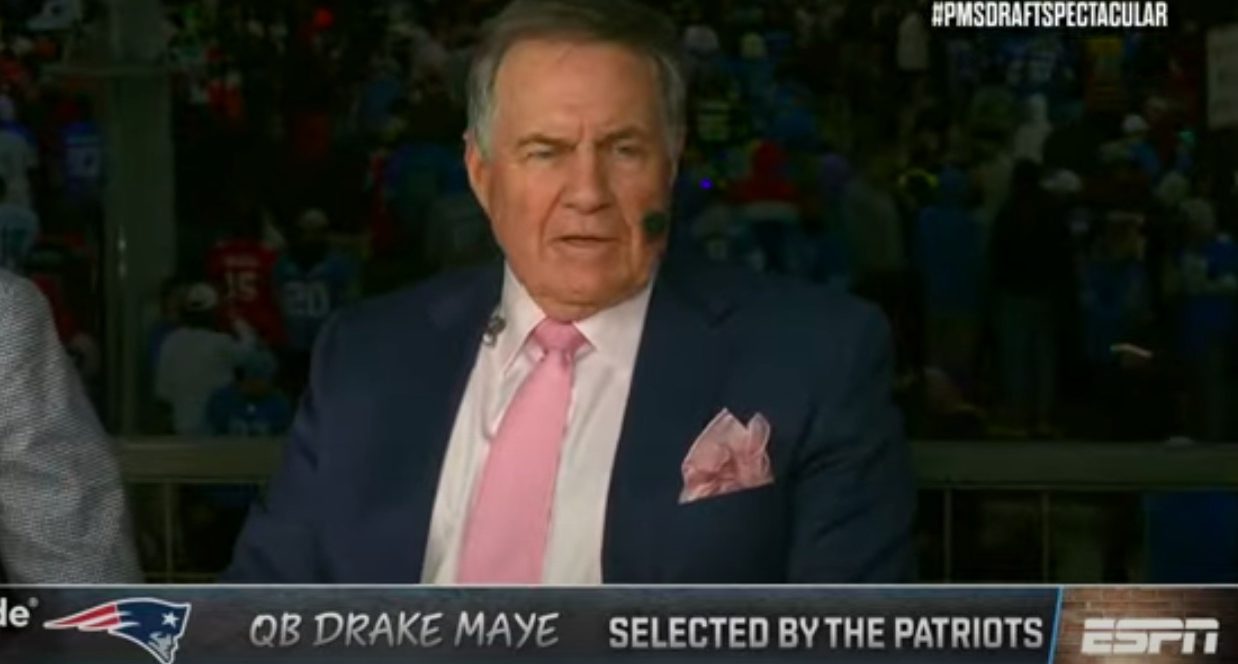Complaints about broadcast decisions and camera placements are relatively common, but complaints about the U.S. Open camera positioning at the new Louis Armstrong Stadium had an actual quick effect. The remodeled stadium, one of several venues for the event, first opened Monday, and Twitter quickly filled up with complaints about how high the camera angle was for matches there (as seen above). And those complaints had an actual impact, with the U.S. Tennis Association and ESPN discussing the situation and ripping 16 seats out overnight Wednesday to add a camera seven feet lower than the original spot.
As Tom Perrotta of The Wall Street Journal writes, officials wanted to address the issue quickly:
“We didn’t want to wait a year, we wanted to make this change in real time,” said USTA spokesman Chris Widmaier. “We believe that this has had a major effect on the television viewing angle and at this point we’re satisfied.”
ESPN said the court’s schedule—three matches during the afternoon and two at night—required ESPN and the USTA to work on the project when the day’s matches were finished. They started around 12:30 a.m. early Wednesday and finished by 4:30 a.m.
“Based on the extended match times on Armstrong, we collectively could not make all the necessary adjustments both technically or engineering-wise until this morning,” said Jamie Reynolds, ESPN’s vice president of production. “We needed access to the stadium on off hours.”
Here’s a look at the high camera angle on Tuesday, from AA’s Ken Fang:
Not exactly sure where this camera is located, but I’m sure it’s not in Queens. Most likely Brooklyn … or maybe New Jersey. pic.twitter.com/AovzYnAeoH
— Ken Fang (@fangsbites) August 29, 2018
And a look at the new, lower angle Wednesday (from ESPN highlights of Venus Williams’ win over Camila Giorgi):
That’s quite the difference. As per Perrotta’s article, ESPN has kept the high camera as well, but it’s now used for selected shots rather than as the main angle. And while removing 16 seats for a camera location would seem challenging at first, it helped that these were general admission seats rather than reserved ones, so no one had a specific claim to them. That’s just reduced the stadium capacity from 14,069 seats to 14,053. That may be a revenue loss for the USTA, but it’s probably well worth it to not have to endure a consistent stream of complaints about the camera angle. And it’s impressive they were able to change this so quickly. In this case at least, the complaints had an effect.








